Taken together, Indicators 1 and 2 illustrate that achieving the goal of at least halving the rate of natural forest loss by 2020 will be…
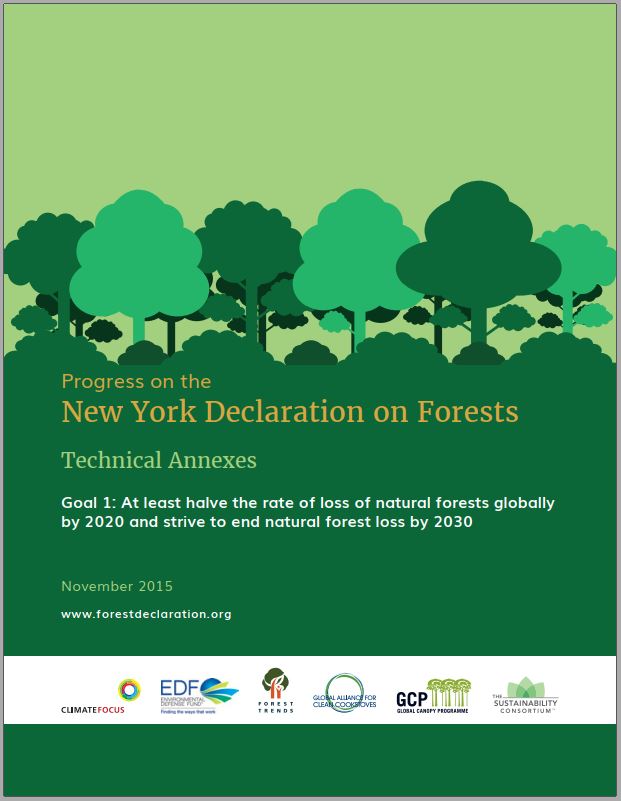
Taken together, Indicators 1 and 2 illustrate that achieving the goal of at least halving the rate of natural forest loss by 2020 will be…
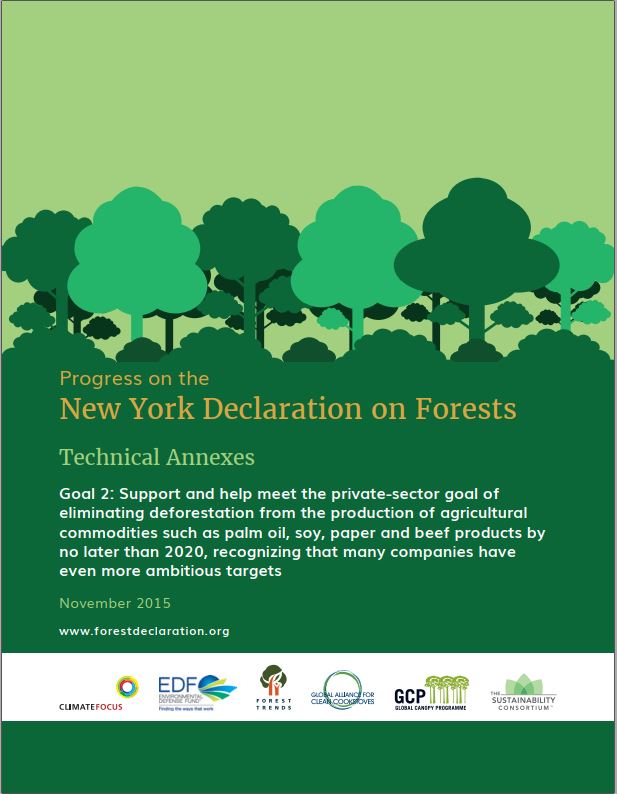
Key Messages INDICATOR 1: MARKET SHARE OF CERTIFIED COMMODITIES • The market share of certified palm oil increased considerably from 2008 to 2013. However, the…
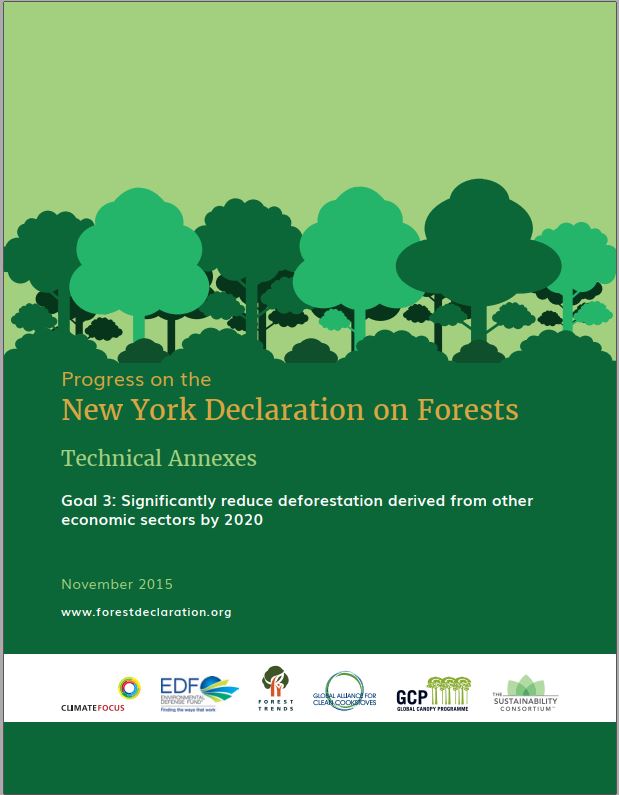
Key Messages The most significant non-agricultural drivers of forest loss are infrastructure development, human settlements, and mining. Though some interventions can be highlighted, there is…
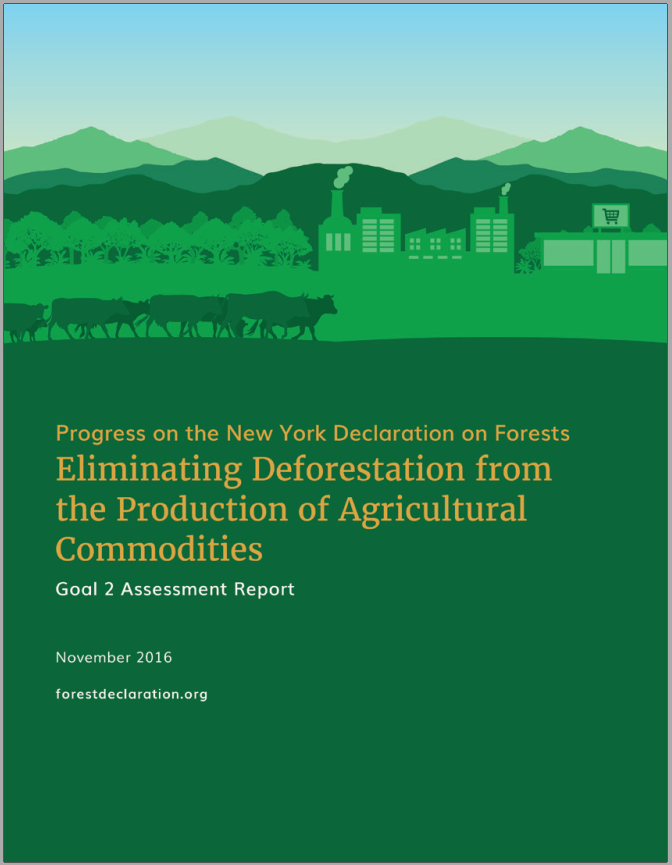
The 2016 NYDF Assessment report is dedicated to Goal 2 on eliminating deforestation from agricultural commodity supply chains. For the first time, this report aggregates,…
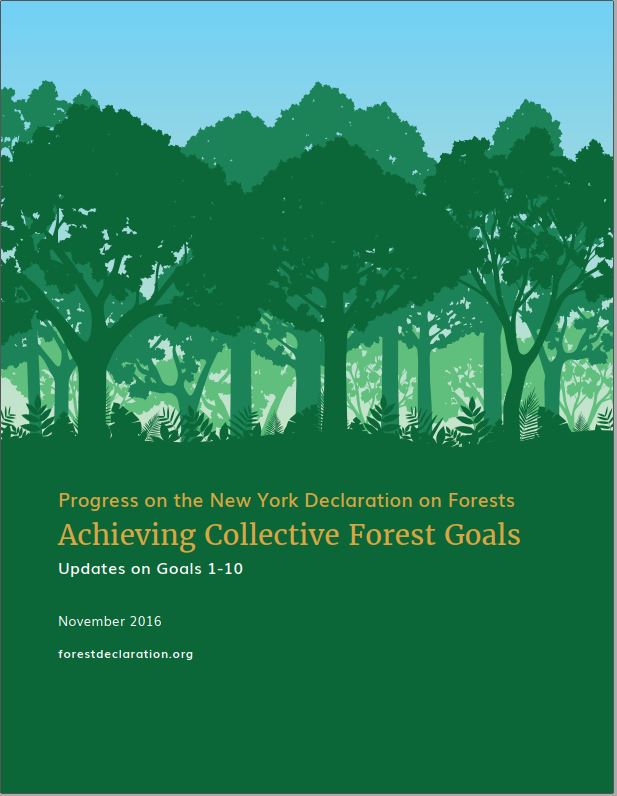
GOAL 1: At least halve the rate of loss of natural forests globally by 2020 and strive to end natural forest loss by 2030 •…

Key Messages New data from Global Witness shows a record number of killings of people who tried to defend their land or the environment against…
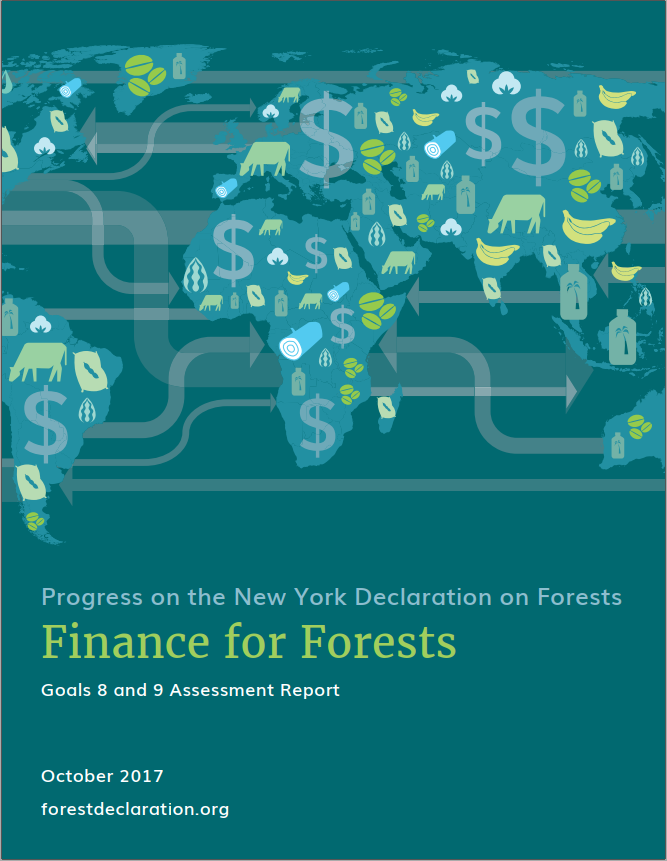
"Grey" finance for forest-risk activities dwarfs "green" finance for forest protection 40 to 1. The 2017 NYDF Assessment report examines progress toward Goals 8 and…
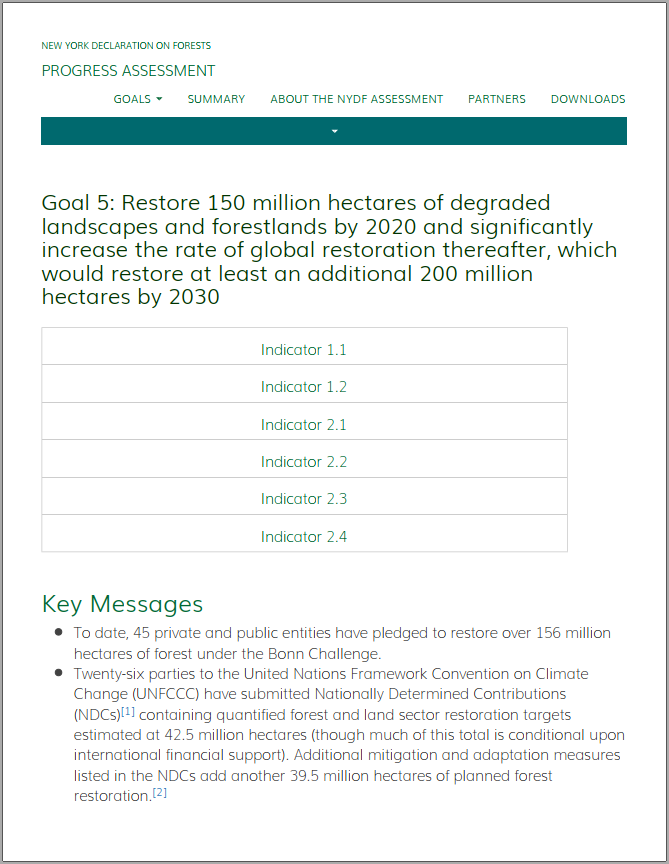
Key Messages To date, 45 private and public entities have pledged to restore over 156 million hectares of forest under the Bonn Challenge. Twenty-six parties…
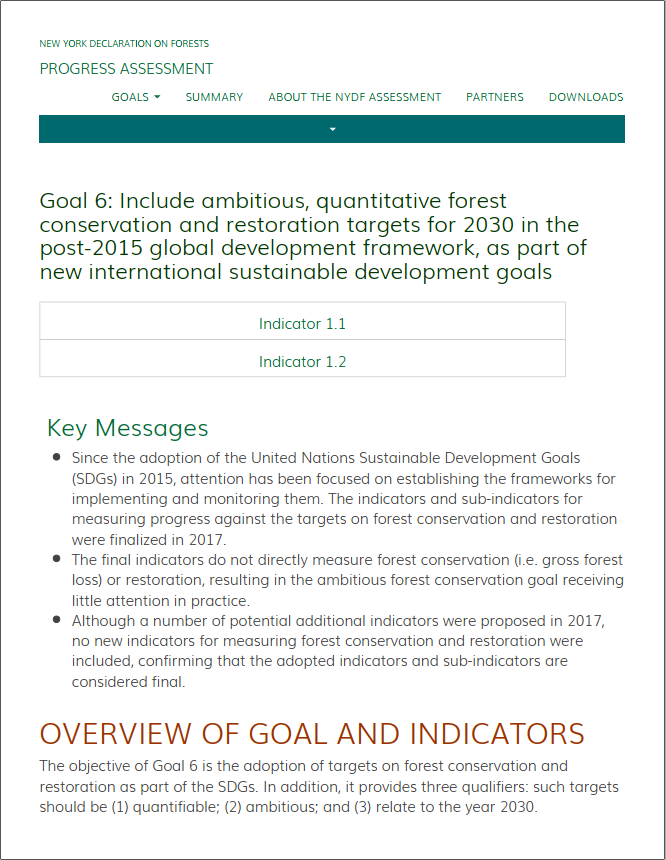
Key Messages Since the adoption of the United Nations Sustainable Development Goals (SDGs) in 2015, attention has been focused on establishing the frameworks for implementing…

Key Messages The Green Climate Fund (GCF) has developed a pilot program for REDD+ results-based payments that is expected to be finalized in October 2017.…